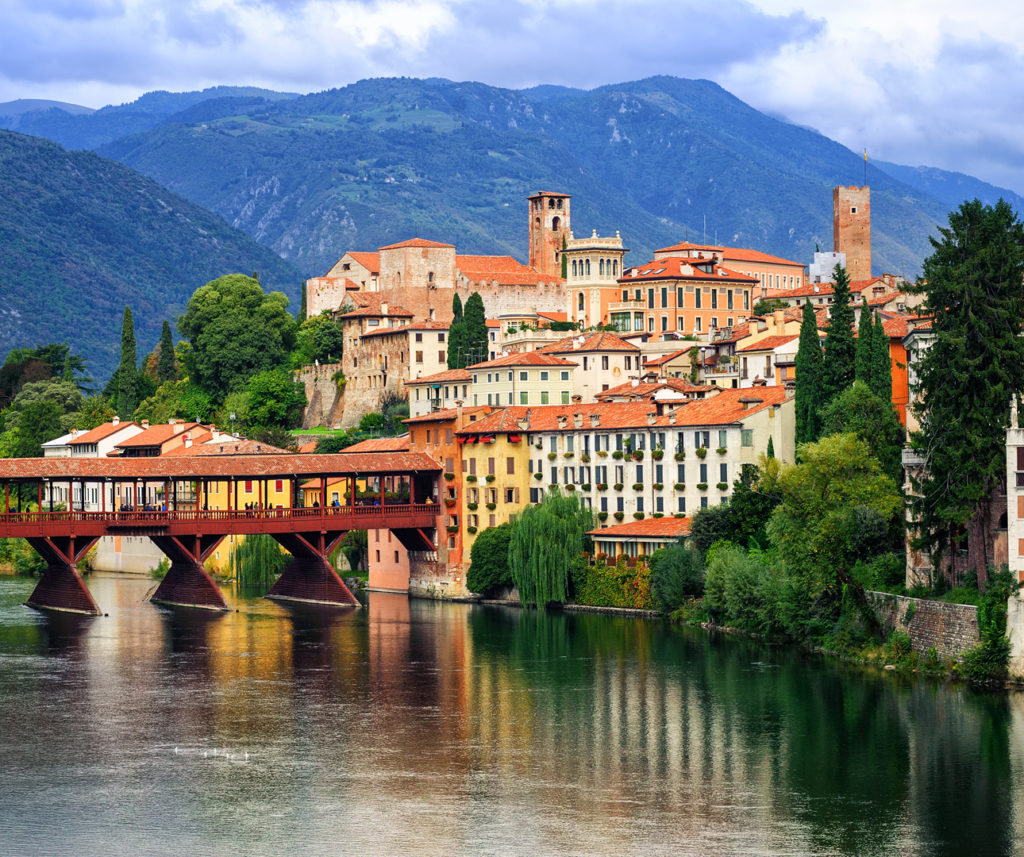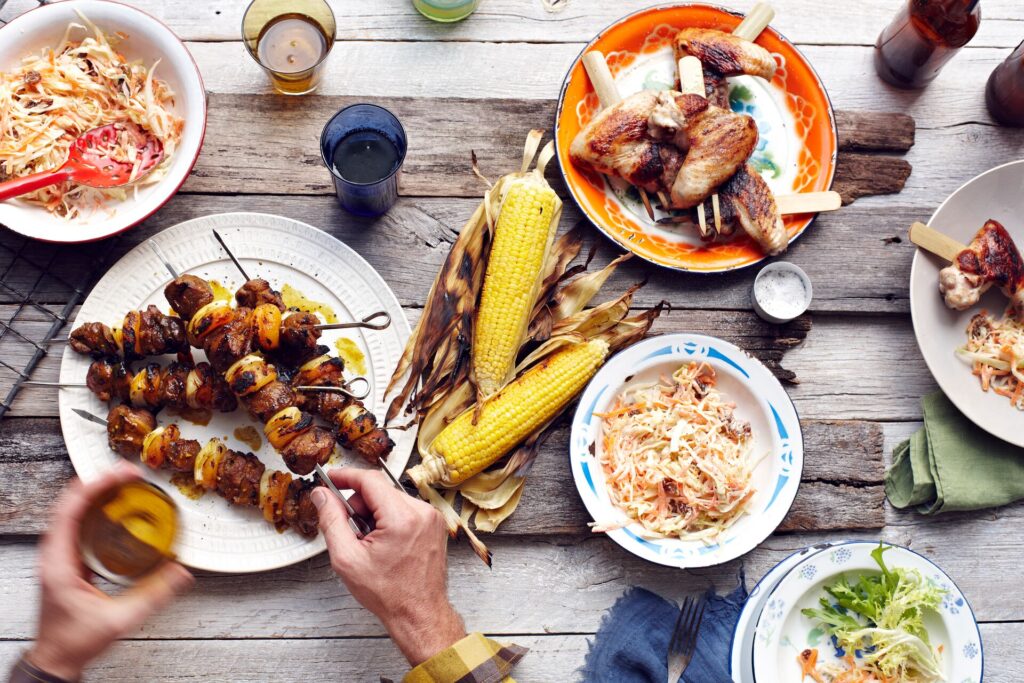1. BACALHAU
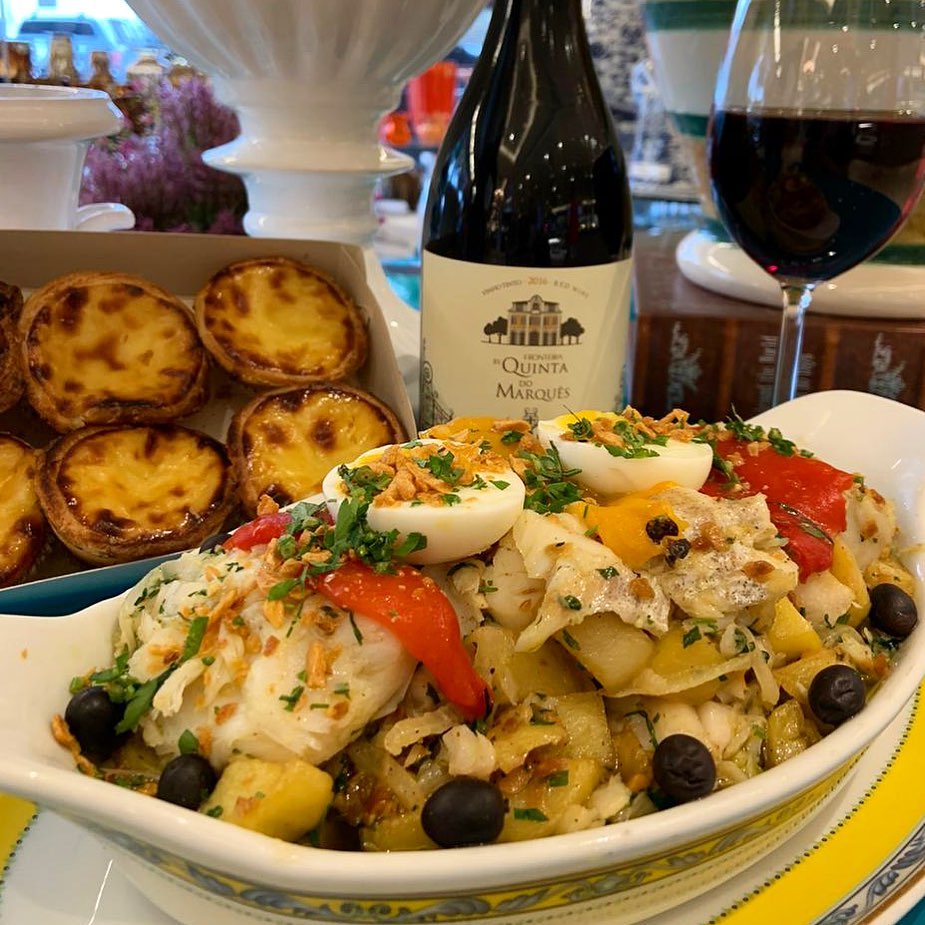
There are as many ways to cook Portugal’s national dish as there are days in the year. That said, one often finds the dried, salted codfish served with cream and potatoes or formed into croquettes. The dish dates as far back as the 15th century – when Portugal was a maritime power. The preserved codfish could be kept onboard ships for long ocean voyages, making it a staple of the Portuguese palate.
You’ll have plenty of chances to try Bacalhau on the Country Roads of Portugal tour. You’ll dine in Lisbon and Porto, eat a tapas lunch in an old olive mill, and visit the birthplace of Pastéis de Belém, the original and patented recipe of Pastéis de Nata not found anywhere else in Portugal, let alone outside the country!
Read more: 10 must-have traditional Portuguese foods to try on your next trip
2. SUNDAY ROAST
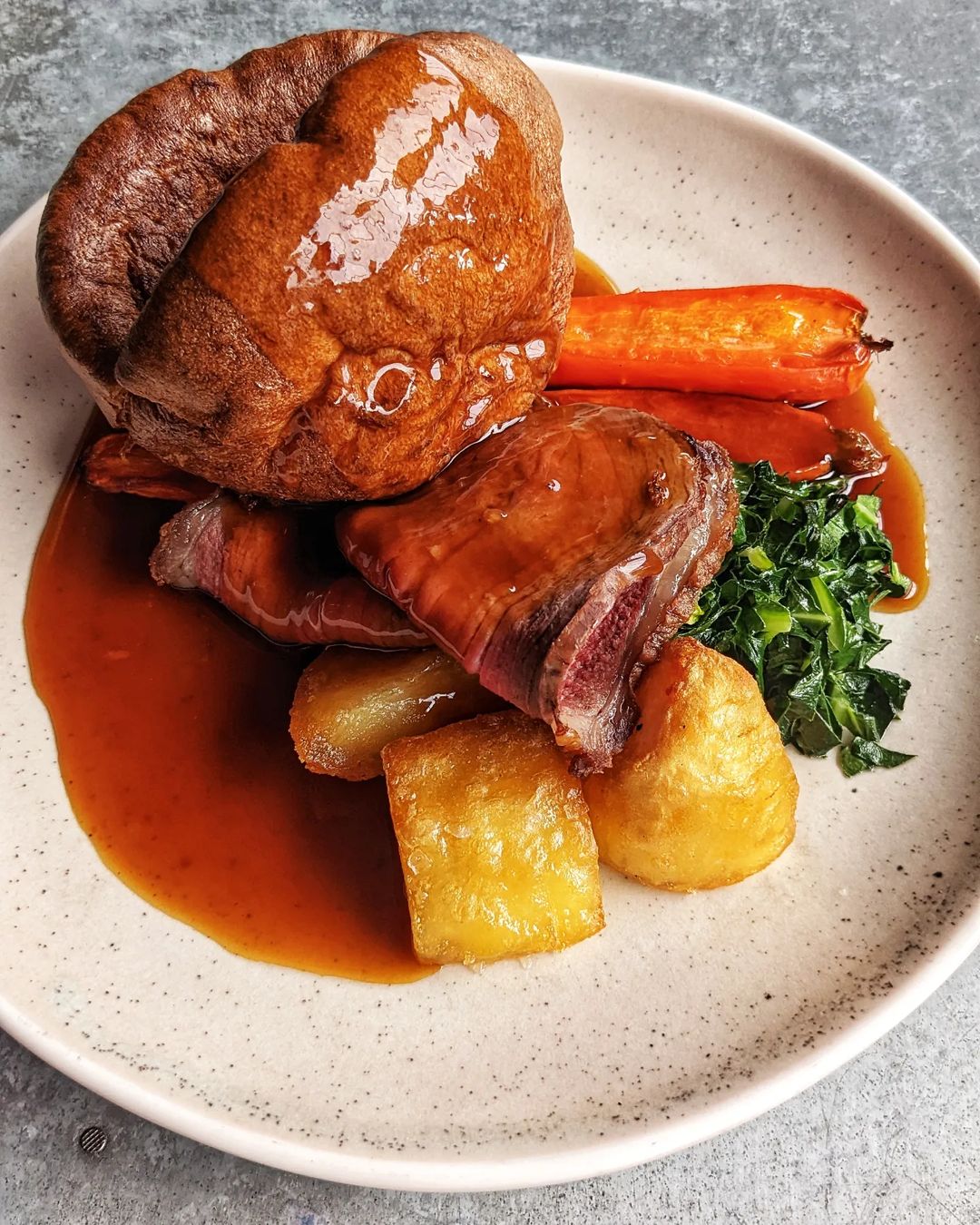
Homely and comforting, the hearty Sunday roast is as quintessential to British culture as tea and rain. This wholesome meal is traditionally served with beef, due to the royal guards who used to eat beef every Sunday (hence their name: Beefeaters). Also integral to this British tapestry are Yorkshire puddings, roast vegetables, potatoes, and gravy. If you want to try this most authentic of local British dishes, we recommend stopping by a pub on Sunday
Enjoy a traditional Sunday Roast dinner with all the trimmings in Shakespeare’s hometown on the Elegance of Great Britain tour, plus plenty more charming meals across the British Isles.
Also read: 7 Farm-to-table Dining Experiences you can Enjoy with Insight
3. CEVICHE
Often replicated, yet never matched, Peru’s zesty marinated fish dish is a fresh and tangy delight. At center stage is raw fish from the country’s 1,500 miles of Pacific coastline cured in fresh citrus juices, seasoned with spices, and topped with julienned onions. Corn kernels often join the party, grown in the high altitudes of the Andean mountains. There is an abundance of unique local recipes, idiosyncratic to their respective birthplaces throughout Peru.
The fish is raw, so it must be fresh and eaten quickly. The dish is so beloved in Peru that it is celebrated with its own national holiday.
Discover this ancient Incan delight on the Peru with Macchu Picchu tour, where you’ll dine on ceviche in an 18th century garden in Lima, South America’s gastronomical capital. The food fun doesn’t stop there. As you journey to Macchu Picchu, you’ll dine on fascinating Andean meals like Pachamanca: a stewpot baked in an earthen oven underground.
Read more: 8 tips for particular eaters when traveling
4. GOULASH
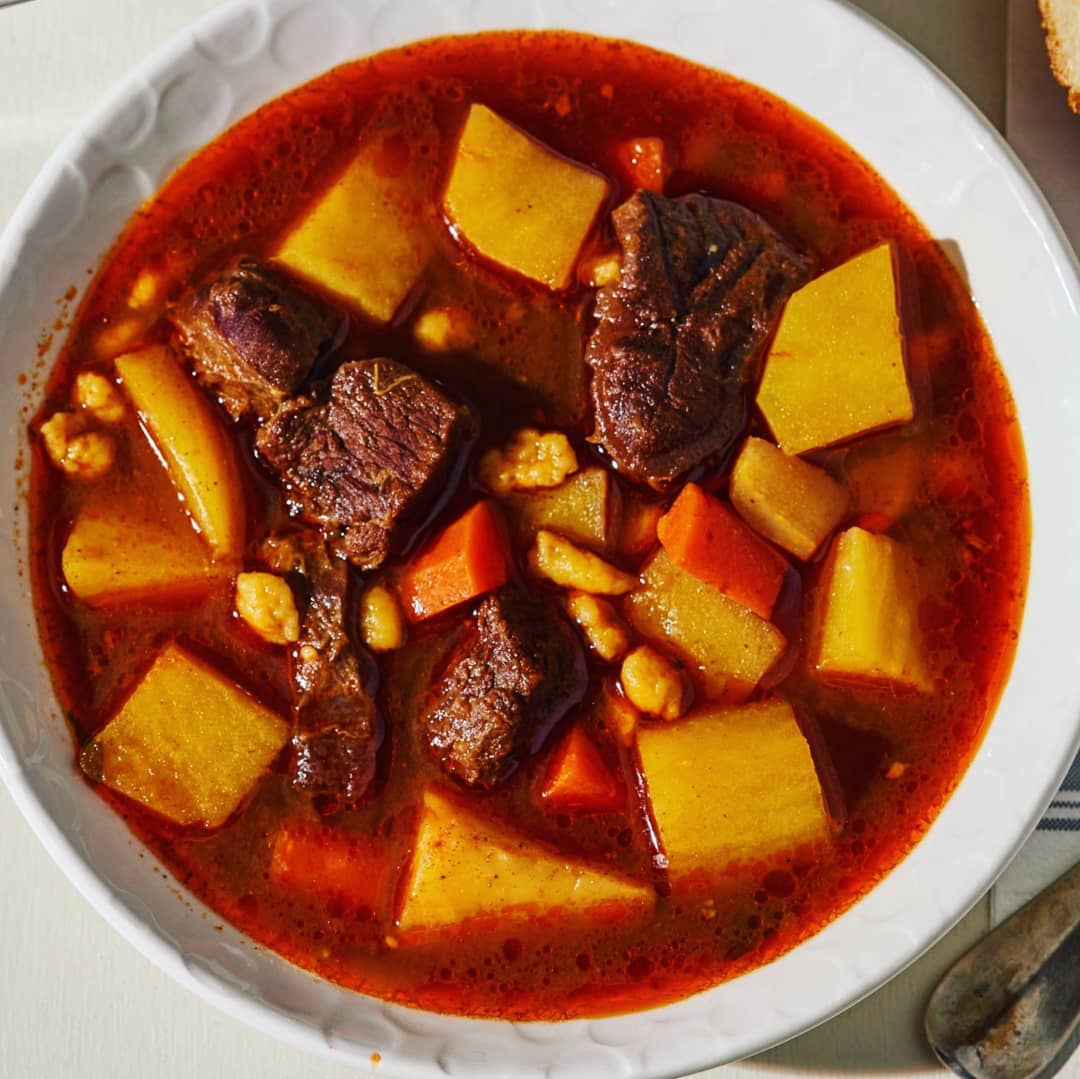
On the Easy Pace Budapest, Vienna & Prague tour, you’ll feast on goulash in Budapest, where it is cooked best. You’ll also enjoy other exciting culinary experiences, such as visiting a strudel house for a workshop on how to make the delicious treat.
Read more: One for foodies: modern ways to dine abroad
5. MOUSSAKA
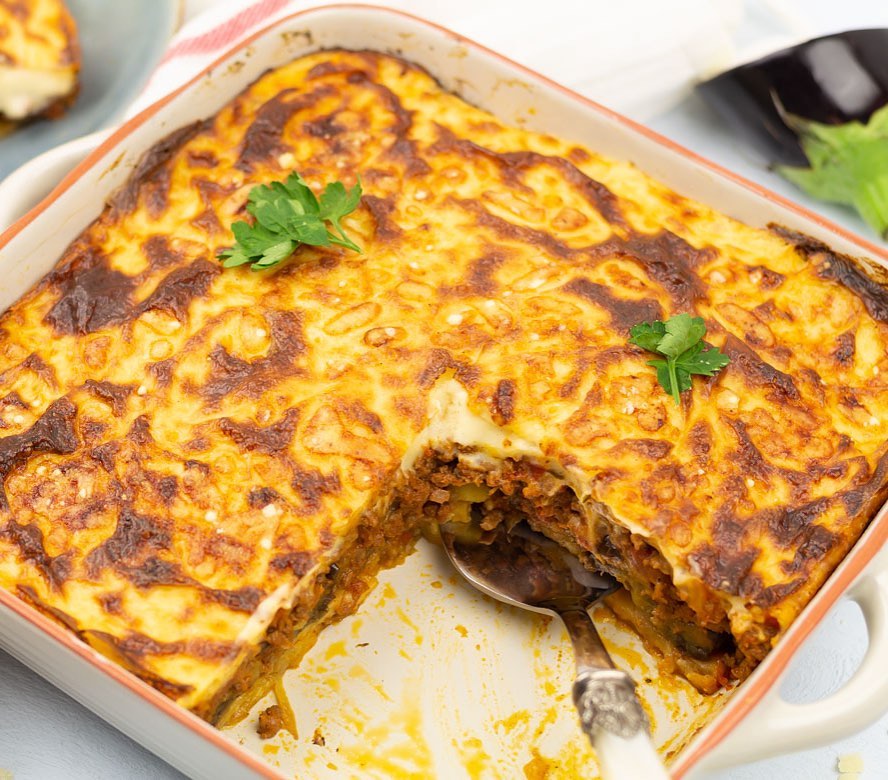
Taste authentic moussaka on the Greek Island Hopper tour as you bounce around gorgeous Greek isles from dinner to dinner, with a warm welcome meal in Athens.
Read more: Gia mas! The top Tavernas in Athens
6. FONDUE
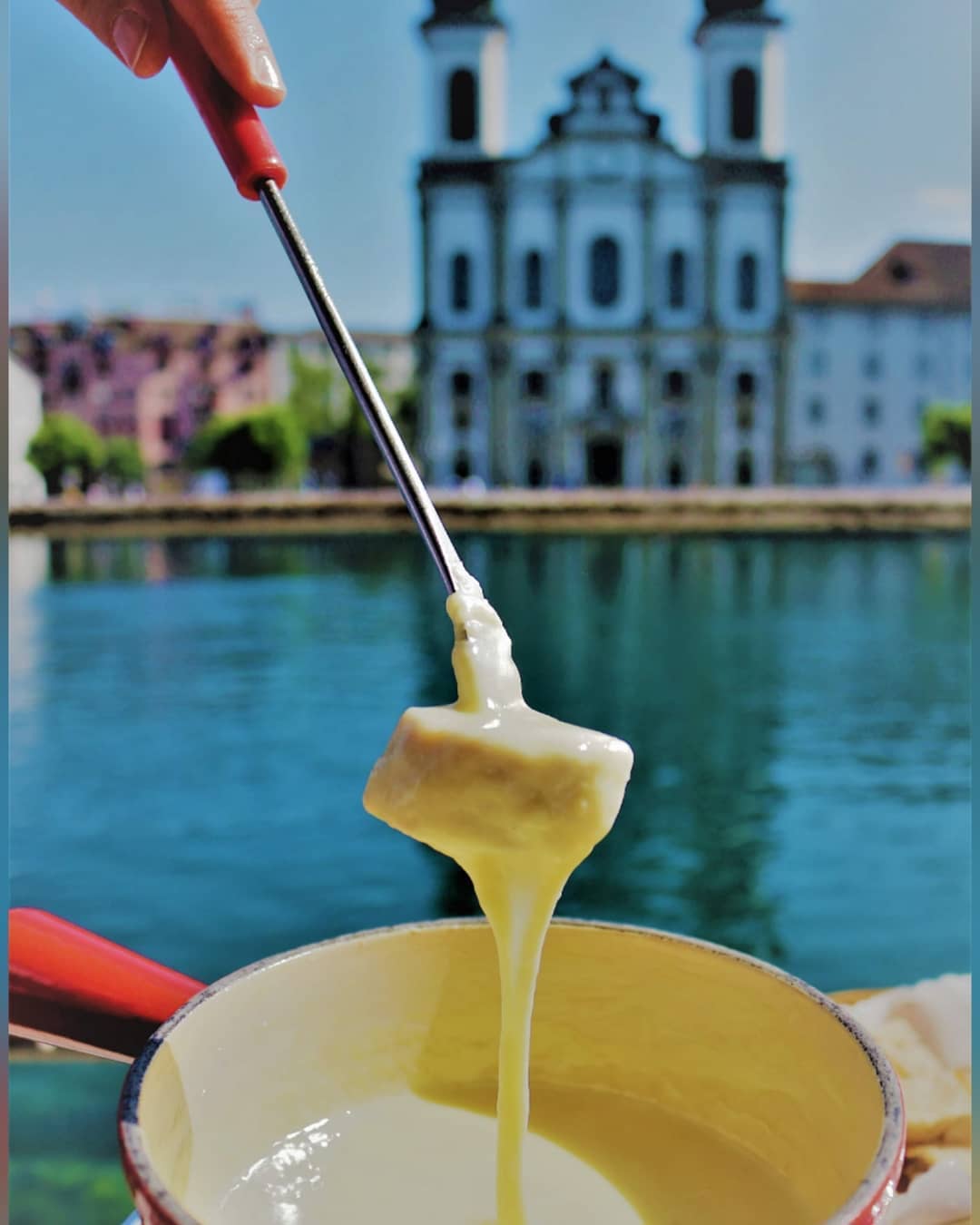
There are many key pieces that make a fondue, pieces that other non-domestic replicants skimp out on. One needs the right pot (a caquelon), the right Swiss baguette (weizenbrot), and arguably the most important detail: the cheese. French gastronomy chemist Hervé This noted, “Connoisseurs of fondue know that the success of the dish has to do particularly with proper cheese selection.” Good quality, well-aged Swiss cheeses are integral to the dish, and the way they’re used is unique to each chef. Only in Switzerland can you be sure that you’ll be in the best and most experienced hands.
An insider insight: the crust that forms at the bottom of the pot is called ‘la Religeuse’, a local favorite. Scrape it off the bottom for a delectably chewy end to your meal.
Indulge in fondue on the Country roads of Switzerland tour as you float between stylish alpine towns and sophisticated Swiss cities, gorging on fondue and raclette.
Read more: Why you should visit Switzerland in the off season, by this Travel Director
7. PAELLA
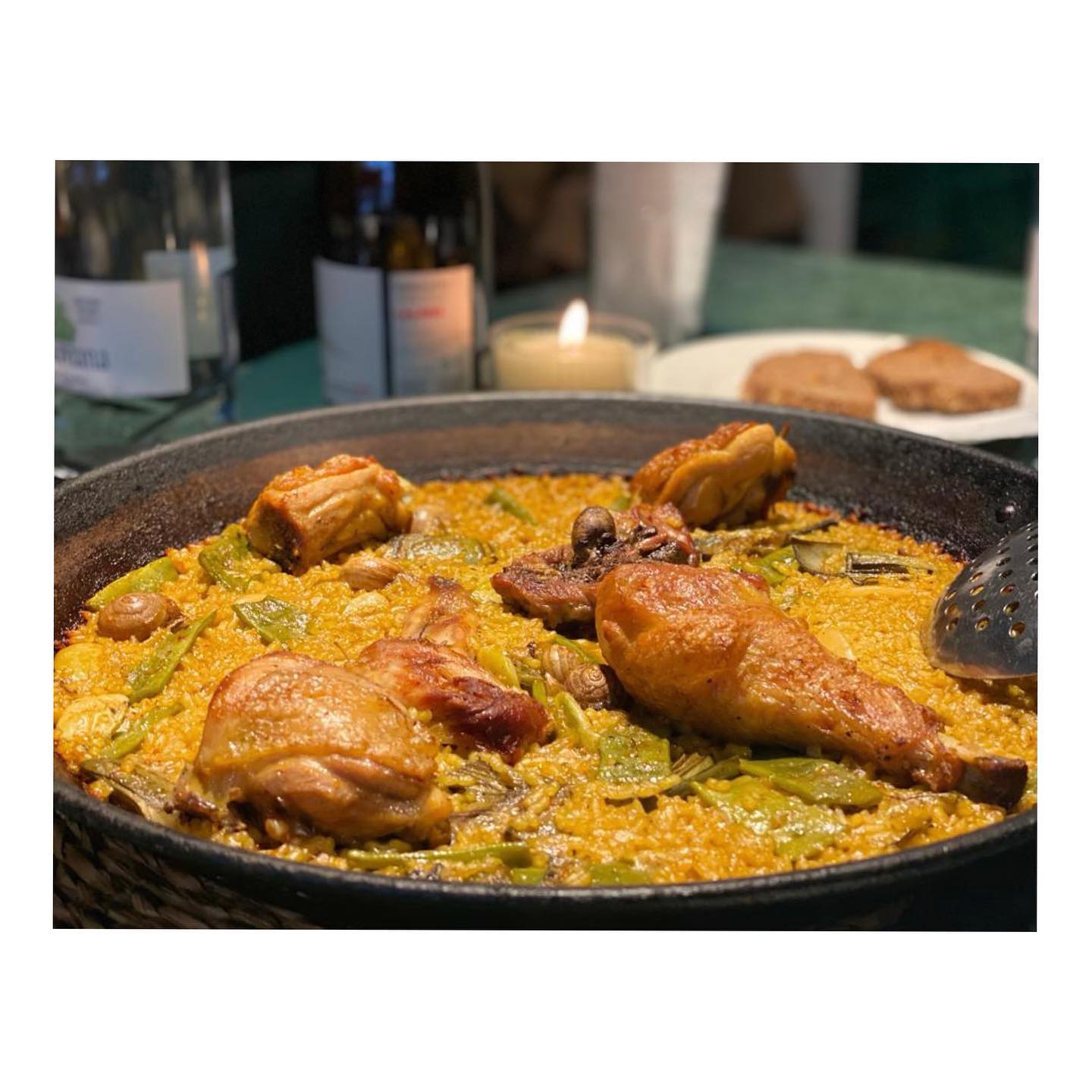
Dine on paella the Valencian way on the Highlights of Spain tour. Not only will you eat authentic paella in Valencia, but you’ll also learn how to cook the perfect paella yourself with a cooking demonstration from a local chef, paired with a fruity glass of Sangria.

